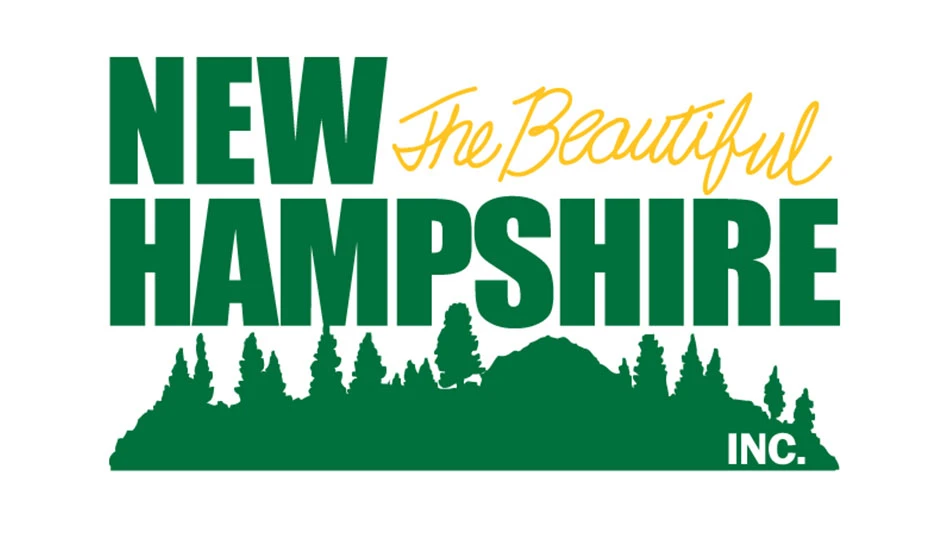
Image courtesy of PCPA
The recently formed Poly Coated Paper Alliance (PCPA) plans to launch in March and is looking for members to help advance its objectives of widespread end-market acceptance for poly-coated paper packaging.
The organization, which is managed by Ann Arbor, Michigan-based Resource Recycling Systems (RRS), hosted an informational webinar Feb. 22 to announce its startup and review its objectives.
Jim Frey, co-founder and CEO of RRS, said the process of forming the PCPA began in 2022 with interviews that focused on collaboration strategies, regulations and policy, mill specifications and end markets, among other areas.
In September 2022, interested parties convened to discuss current challenges in poly-coated paper recycling and the road map for an alliance.
“We discussed the ‘whys’ of a coalition, some noting that poly-coated paper packaging sector is active in other parts of the world in an organized way, yet there’s no strong, coordinated voice here in the U.S.,” Frey said. “A consensus said [this type of packaging] needed its own coordinated voice and also a recognition that the impact to reach scale is only possible by having all stakeholder voices involved.”
The PCPA has several main objectives, which include end-market acceptance of poly-coated paper, universal adoption of design guidelines, upgraded Institute of Scrap Recycling Industries (ISRI) and mill specifications and documented flow and recovery of materials.
“It’s very exciting to bring this cross-collaboration to advance recyclability and circularity of this material,” said Teo Medellin, director for packaging sustainability at Proctor & Gamble and a PCPA member.
Phase 1 of the PCPA’s first-year organizational plan will take about two years.
The group is starting with a $500,000 annual budget, but that can changed depending on financial support, and will have monthly workstream meetings as well as quarterly and annual meetings to understand the key problems that need addressed and assess the progress being made.
Progress is measured through five workstreams:
- close data gaps;
- universal design guide for poly-coated paper packaging;
- expand end-market acceptance of poly-coated paper packaging;
- create a common set of talking points/messaging; and
- upgrade ISRI specifications, specifically, add a poly-coated paper grade.
The workstreams will have their own tasks, their own objectives and their own work plans, and Medellin said it’s on each of these workstreams to define what is going to be achieved.
“We’ll provide the leadership [and] we’ll help with budget, direction, and we’ll help with removing barriers to bring resources,” Medellin said.
Closing data gaps. The first workstream will be responsible for documenting data, confirming and planning for how to fill gaps. The group then will execute its gap-filling plans through bale audits, material recovery facility flow studies and yield assessments. A members-only data room will be created, as well as content approved for what PCPA calls “story-telling use.” The intended impact is improved documented material flow, access and recovery.
Design guidance. The design-focused work stream will review current guidance before drafting universal guidance with input from key stakeholders. The team plans to review, adopt and disseminate the universal design guidance to brands and key stakeholders.
End markets. The end-market team will survey the current end-market situation as well as conduct mill surveys. It also will partner with end markets on mill testing, yield and pulping performance and acceptance, then partner will end markets on voluntary mill commitments, supply development and logistics support with the hope of furthering end-market acceptance.
Common messaging. The team will profile key influencers and develop messaging and stories to deliver core outreach and education. It will monitor results and influencer impact with the goal of promoting common education outreach.
Upgrade ISRI and mill specifications. The final workstream will activate work groups on ideal specifications in each grade and build industry support to create a strong alliance for upgraded specifications. The group also will promote stakeholder engagement, aiming to create a poly grade and inclusive mixed paper grade.
“Each of these work streams are imperative to the success of the alliance,” RRS senior consultant Samantha Kappalman said. “A member of the RRS team will be helping to lead each workstream as project management staff and there is also going to be the leadership committee that’s on each workstream.
The group continues to look for members interested in participating, and next steps for the PCPA include contracts and invoicing, a March kick-off meeting and individual work stream committee meetings.
“Our intent and our goal is to collaborate with like-minded brands, trade associations and other companies up and down the value chain with the ultimate goal of widespread poly-coated paper recycling,” said Shannon Moore, global R&D director for sustainable packaging at Kellogg Co. and PCPA member.
Scott Byrne, director of global sustainability services at Sonoco, added, “In addition to the work streams, I also think what the Poly Coated Paper Alliance will bring to members is a powerful network of people who’ve done this before, either in poly coated paper or elsewhere. They understand the challenges and they can make sure as we go through these work streams that we do it the right way.”Latest from Recycling Today
- Buy Scrap Software to showcase its software at Scrap Expo in September
- LG details recycling activities
- Algoma EAF is up and running
- Toyota-Tsusho completes acquisition of Radius Recycling
- CATL, Ellen MacArthur Foundation aim to accelerate circular battery economy
- Commentary: Expanded polystyrene is 98 percent air, 2 percent plastic and 100 percent misunderstood
- AMCS appoints general manager for North America
- How tariffs, regulations affect LIBs recycling in US, EU





